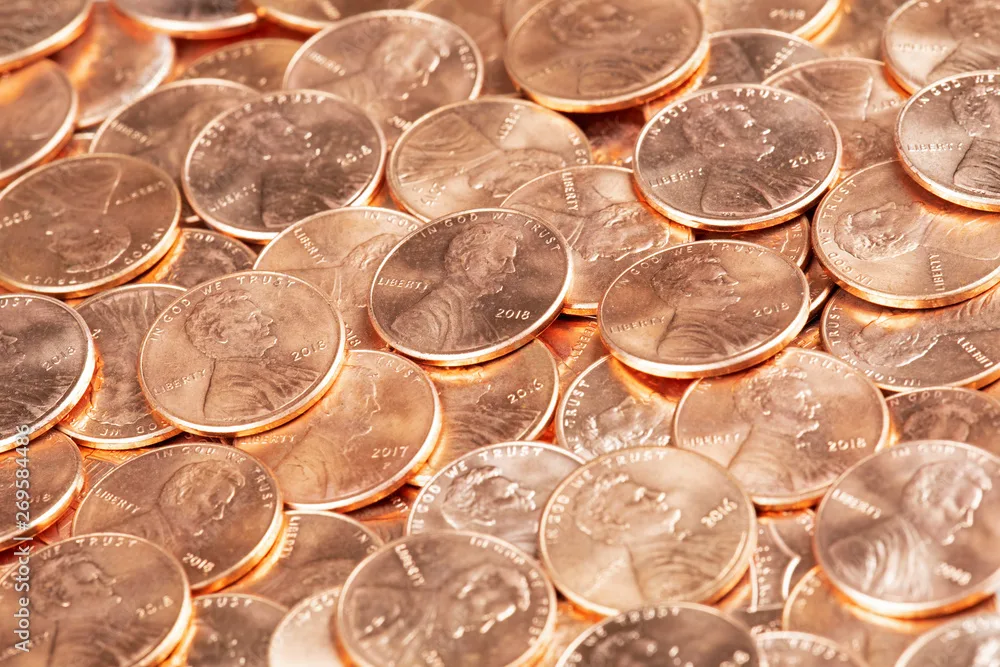The United States Mint will strike its final batch of one-cent blanks this year, and circulation of new pennies is expected to end early in 2026. Once the supply in cash drawers begins to dry up, restaurants that still handle coins every day will need a clear plan. Some global operators may remember when Canada, Australia, and New Zealand retired their lowest denomination coins. Their experience shows that a little preparation keeps service smooth and guests confident.
Understand the rounding method
Federal guidance indicates that cash totals will round to the nearest five cents after pennies disappear. A bill that ends in .01 or .02 rounds down, while .03 or .04 rounds up. Electronic payments will still settle to the exact cent, so your point of sale must apply rounding only when the guest chooses to pay with cash.Measure your cash exposure
Across the entire economy, cash represents about sixteen percent of consumer payments, and its share is lower for diners under fifty-five. Bartenders and counter staff can tell you quickly whether coins still matter in your own operation, but a quick export of tender types from the back office offers hard numbers. If cash is less than ten percent of weekly sales, rounding will be an edge case. If cash remains twenty percent or more, every process from menu engineering to nightly close needs attention.Rethink menu prices
Ninety-nine-cent endings signal value, but they clash with five-cent rounding. As you prepare new menus, consider pricing in quarter or half-dollar increments. Before reprinting, drop common guest tickets into a spreadsheet and simulate how the totals would round. Consistent outcomes help avoid the appearance of price inflation.Configure technology early
- Point of sale Confirm that your software can round final cash totals while leaving card, wallet, and online orders untouched. Several systems created this feature for Canadian locations in 2013, so the logic already exists in many platforms.
- Online ordering and kiosks No changes are typically required, but add a short note at checkout that explains why the amount may differ when the guest pays cash at pickup.
- Accounting Expect small variances of one to four cents between cash collected and tax calculated. Most state guidelines permit those differences as long as the rounding rule is consistent.






